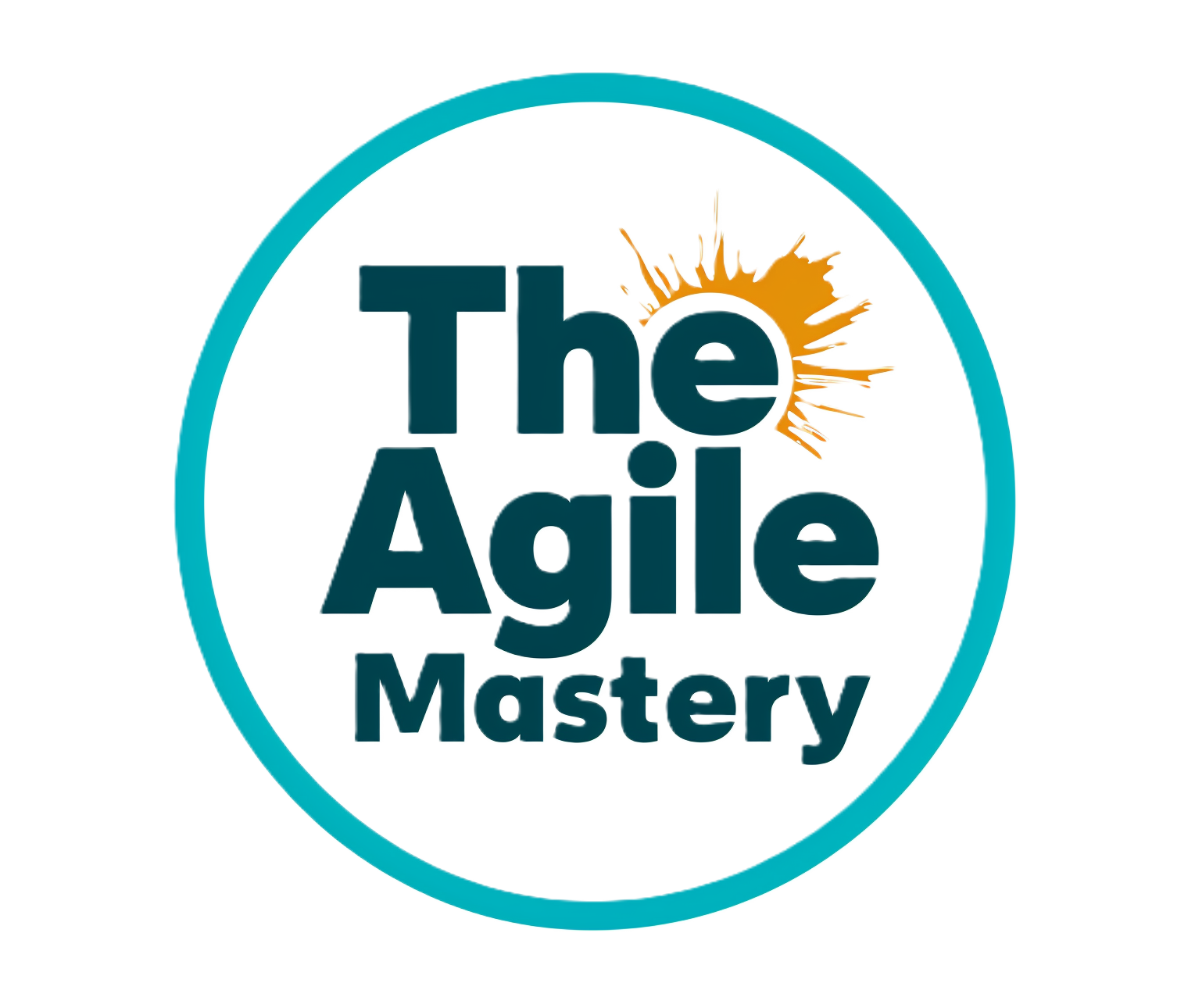In the world of Scrum and Agile methodologies, metrics are crucial for providing insights into the performance, progress, and health of projects. These metrics transcend mere numbers; they offer valuable information that empowers teams and stakeholders to make informed decisions, optimize processes, and drive continuous improvement. In this comprehensive exploration, we delve into the realm of metrics within Scrum and Agile, showcasing their significance, types, and real-life examples that illuminate their impact.

The Pulse of Agile Success
Metrics are not just a collection of figures; they embody the heartbeat of a project’s health and performance. They offer a data-driven perspective that transcends assumptions, enabling teams to measure progress, identify bottlenecks, and refine their strategies. Metrics provide the foundation for informed decision-making, ensuring that efforts align with business goals and customer expectations.
Basic Types of Metrics in Scrum
Velocity:
Velocity is the heartbeat of Agile projects. It measures the amount of work a team completes within a single iteration, often referred to as a sprint. Calculated by summing up the story points or effort estimates of completed user stories, velocity aids teams in forecasting future sprints, setting realistic goals, and understanding their capacity.
Example: A development team consistently achieves a velocity of 30 story points per sprint. This information allows them to plan upcoming sprints with a clear understanding of their capacity and expected throughput.
Lead Time and Cycle Time:
These metrics focus on the time it takes for work items to move through various stages of a process.
Lead Time: It measures the total time elapsed from the moment a request is created until its completion. This metric highlights the overall efficiency of the process, including waiting time, processing time, and any delays.
Cycle Time: Unlike lead time, cycle time focuses on the time each work item spends in active processing stages. It is a more granular metric that reveals bottlenecks and helps teams optimize their workflow.
Example: The lead time for a customer support request is 2 days, indicating the overall efficiency of the support process. Meanwhile, the cycle time for resolving technical issues is 1 day, shedding light on the efficiency of the technical team’s operations.
Burndown and Burnup Charts:
These charts visually depict the progress of work items against time, offering insights into a team’s performance and trajectory.
- Burndown Chart: This chart illustrates the remaining work items over time. It provides a clear picture of how well the team is progressing towards completing the sprint backlog.
- Burnup Chart: In contrast, a burnup chart shows the accumulated completed work items over time. It offers a broader view of how the project is advancing and provides stakeholders with visibility into value delivery.
Example: A burndown chart reveals that the team is not meeting the planned work completion rate for the sprint, prompting them to identify challenges and adjust their strategy.
Cumulative Flow Diagram (CFD):
A CFD visualizes work items in different stages of the process, unveiling flow dynamics, bottlenecks, and potential areas of improvement.
Example: A CFD highlights a bottleneck in the testing phase, suggesting that tasks tend to accumulate there. This prompts the team to address testing efficiency and improve overall flow.
Defect Density:
This metric gauges the quality of deliverables by measuring the number of defects identified in a given unit of code.
Example: An application release contains 10 defects per 1000 lines of code, indicating the need for focused code review and quality assurance efforts.
Harnessing Metrics for Agile Success:
- Continuous Improvement: Metrics provide insights into areas that need improvement. By analyzing data, teams can identify bottlenecks, inefficiencies, and opportunities for optimization.
- Informed Decision-Making: Metrics guide teams and stakeholders in making decisions based on data rather than assumptions. This leads to more effective resource allocation and risk management.
- Transparency: Metrics promote transparency and accountability, as teams share their progress and challenges with stakeholders based on factual data.
- Feedback Loop: Metrics establish a feedback loop, enabling teams to validate their assumptions and adjust strategies based on real-time performance.
Navigating Success with Metrics
Metrics in Scrum and Agile methodologies serve as compasses, guiding teams towards success. Whether measuring velocity, lead time, or defect density, these metrics provide valuable insights that empower teams to make informed decisions, optimize processes, and drive continuous improvement. By embracing metrics as a cornerstone of Agile practices, organizations pave the way for enhanced collaboration, efficient workflows, and the realization of value-driven goals. Its another step to The Agile Mastery
